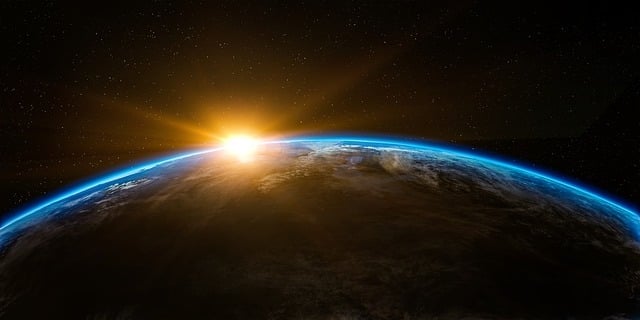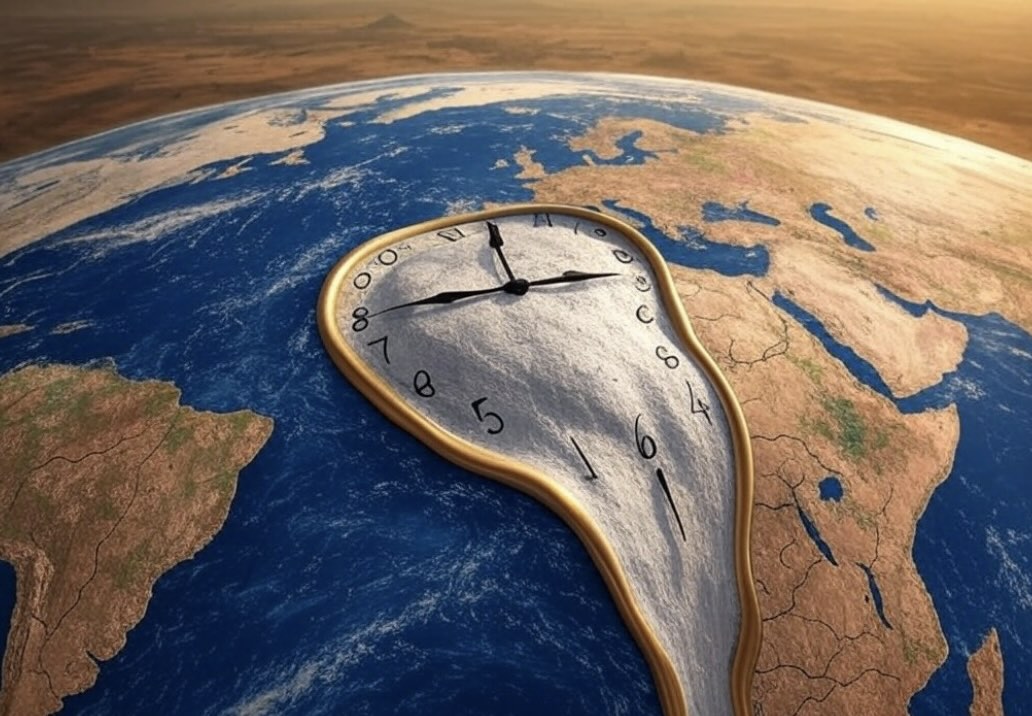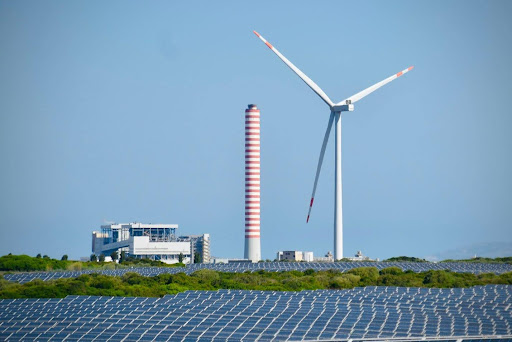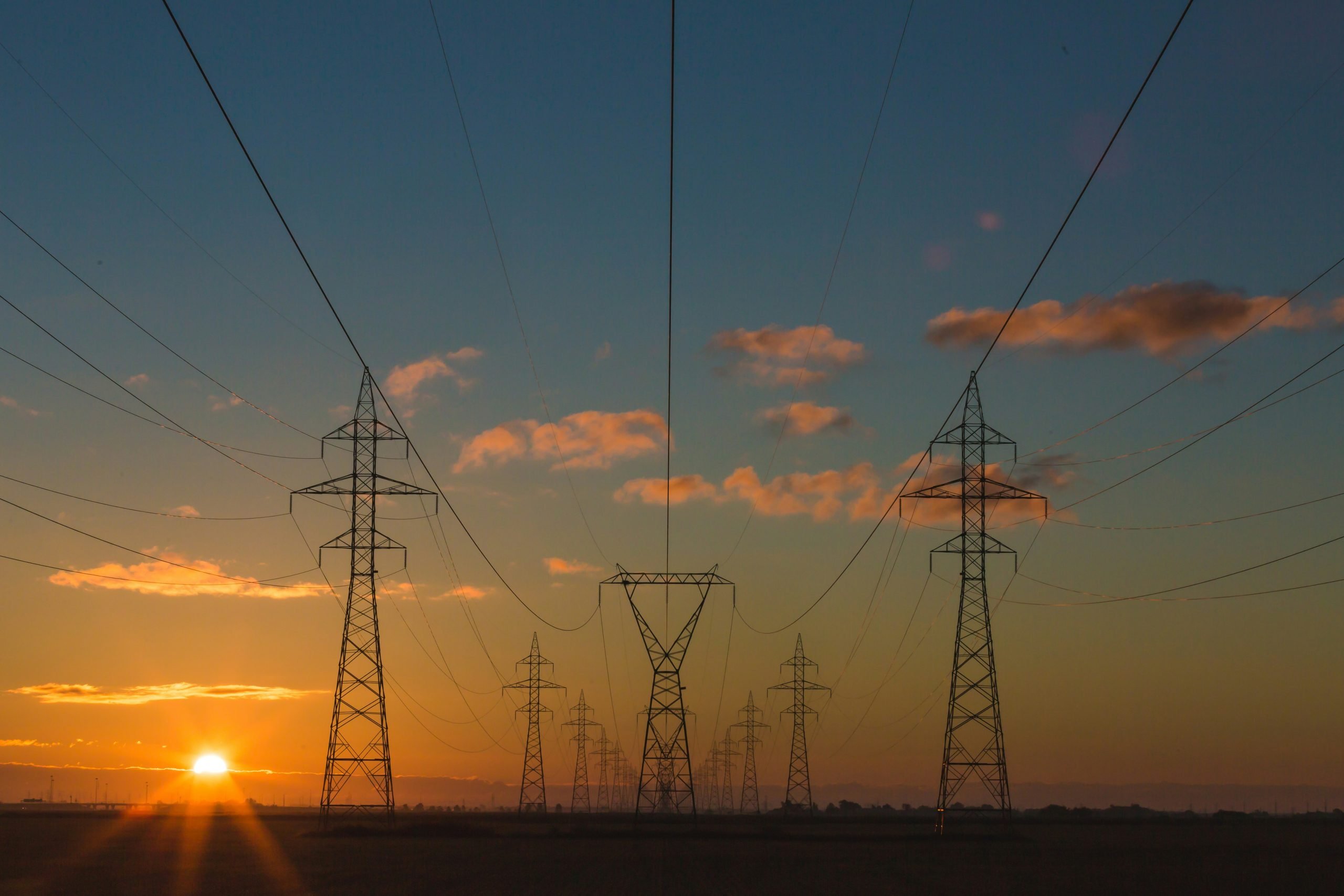Unbeknown to most, asteroids are very common in our solar system, and some even fly close to Earth, showering us with shooting stars.
On December 27, 2024, scientists first detected asteroid 2024 YR4, which was observed by the ATLAS telescope in Chile after a close encounter on December 25, 2024, when it became bright enough to be detected in asteroid surveys.
Following additional observations, NASA announced on February 7 that the asteroid’s impact probability had doubled, rising from 1.3% (as stated on January 29) to 2.3% for 2032. According to NASA’s statement on January 29, “Currently, no other known large asteroids have an impact probability above 1%.”
The International Asteroid Warning Network (IAWN) estimated the asteroid’s size to be between 40–90 meters (130–300 feet) in its January 29, 2025, report.
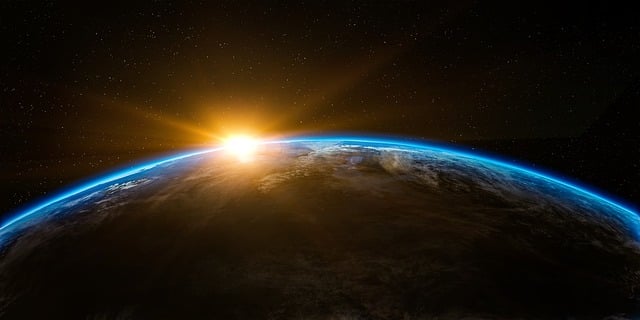
How Big Is That in Earth Terms?
Here’s how it compares to real-world objects:
|
Size (40–90m / 130–300ft) |
Comparable Earth Object 🌍 |
|---|---|
|
40m (130 ft) |
Basketball court length 🏀 |
|
50m (164 ft) |
Half a soccer field ⚽ |
|
60m (197 ft) |
Boeing 747 airplane ✈️ |
|
70m (230 ft) |
Arc de Triomphe (Paris) 🏛️ |
|
80m (262 ft) |
Leaning Tower of Pisa 🏗️ |
|
90m (300 ft) |
A full American football field 🏈 |
The asteroid is expected to have two encounters with Earth—the nearest one in June 2028, and the second, more concerning, in 2032.
According to NASA, in 2028 the asteroid is expected to come as close as “about 20 times the Earth–Moon distance,” with no chance of impact.
While this 2028 encounter poses no threat, it may not be close enough for radar detection. However, according to the International Asteroid Warning Network (IAWN), “The NEA (Near-Earth Asteroid) will be quite faint and will likely require large (2-meter and larger) telescopes. By the end of the 2025 observability window, the impact probability could increase to a couple tens of percent or it could more likely drop back below the notification threshold (1% impact probability).”
For this reason, scientists are making the most of the available time and continue to explore and track the asteroid through several telescopes, including the Magdalena Ridge Observatory in New Mexico, the Danish Telescope, and the Very Large Telescope in Chile. NASA predicts the asteroid will remain visible until early April 2025, after which it will become too faint to observe without a much larger telescope.
According to National Geographic, “Asteroids are most easily spotted closest to Earth, when they are reflecting enough sunlight to appear as a bright speck.”
NASA confirmed that, beginning in March 2025, the James Webb Space Telescope is set to observe the distancing asteroid. Further observation is expected to help determine its true impact risk for 2032.

